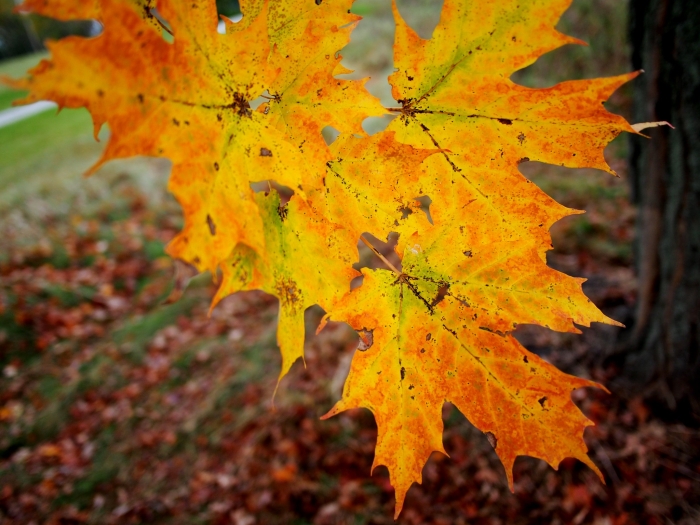Black Maple
(Acer nigrum)
Black Maple (Acer nigrum)
/
/

F. D. Richards
CC BY-SA 2.0
Image By:
F. D. Richards
Recorded By:
Copyright:
CC BY-SA 2.0
Copyright Notice:
Photo by: F. D. Richards | License Type: CC BY-SA 2.0 | License URL: https://creativecommons.org/licenses/by-sa/2.0/ | Uploader: F. D. Richards | Publisher: Flickr |


















































Estimated Native Range
Summary
Acer nigrum, commonly known as Black Maple, is a deciduous tree native to rich woods and river floodplains in the Midwestern and Eastern USA and Canada. It is closely related to the sugar maple (Acer saccharum) and sometimes considered a subspecies. Black Maple typically reaches a mature height of 70 to 110 feet (21 to 34 meters) and is distinguished by its generally three-lobed leaves, which are more droopy than those of the sugar maple. The leaves also feature a downy underside, and the tree has darker, more deeply grooved bark, slightly smaller seeds, and thicker petioles. Hybrids between Black Maple and Sugar Maple show intermediate characteristics.
Black Maple is valued for its shade and ornamental qualities, with its leaves turning a vibrant yellow in the fall. It is utilized for timber as hard maple, in landscaping for its stately form, and for maple syrup production, although it is less commonly tapped than the sugar maple. This species thrives in full sun to part shade and requires medium amounts of water. It is adaptable to a range of soil drainage conditions, from slow to fast. While it is not as commonly planted as the sugar maple, it can serve as a suitable substitute in urban and residential settings where a large, shade-providing tree is desired.CC BY-SA 4.0
Black Maple is valued for its shade and ornamental qualities, with its leaves turning a vibrant yellow in the fall. It is utilized for timber as hard maple, in landscaping for its stately form, and for maple syrup production, although it is less commonly tapped than the sugar maple. This species thrives in full sun to part shade and requires medium amounts of water. It is adaptable to a range of soil drainage conditions, from slow to fast. While it is not as commonly planted as the sugar maple, it can serve as a suitable substitute in urban and residential settings where a large, shade-providing tree is desired.CC BY-SA 4.0
Plant Description
- Plant Type: Tree
- Height: 60-75 feet
- Width: 40-60 feet
- Growth Rate: Moderate
- Flower Color: N/A
- Flowering Season: Spring
- Leaf Retention: Deciduous
Growth Requirements
- Sun: Full Sun, Part Shade
- Water: Medium
- Drainage: Slow, Medium, Fast
Common Uses
Bee Garden, Bird Garden, Butterfly Garden, Edible*Disclaimer: Easyscape's listed plant edibility is for informational use. Always verify the safety and proper identification of any plant before consumption., Street Planting
Natural Habitat
native to rich woods and river floodplains in the Midwestern and Eastern USA and Canada
Other Names
Common Names: Black Sugar Maple, Hard Maple, Rock Maple, Érable Noir
Scientific Names: , Acer nigrum, Acer saccharum subsp. nigrum, Acer saccharum var. nigrum, Acer saccharinum var. nigrum, Acer nigrum var. palmeri, Acer saccharophorum, Acer nigrum f. pubescens, Acer barbatum var. nigrum, Acer nigrum f. villosum
GBIF Accepted Name: Acer nigrum F.Michx.